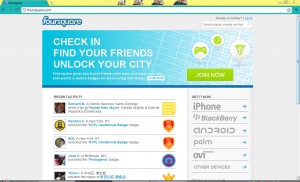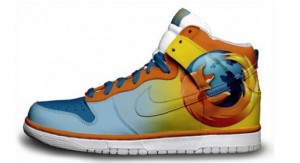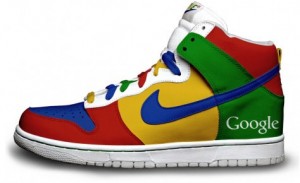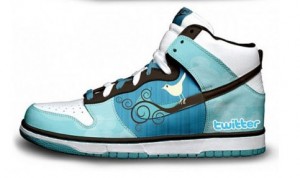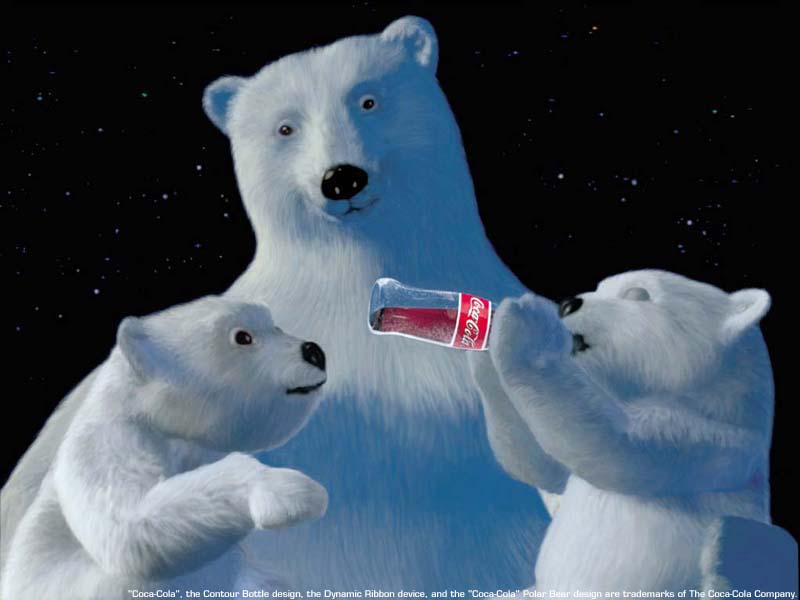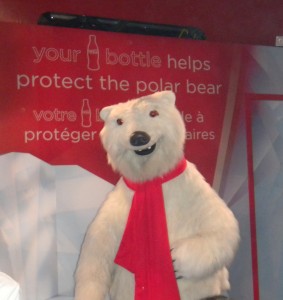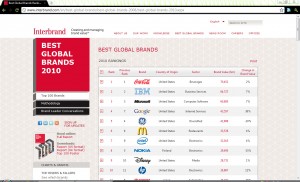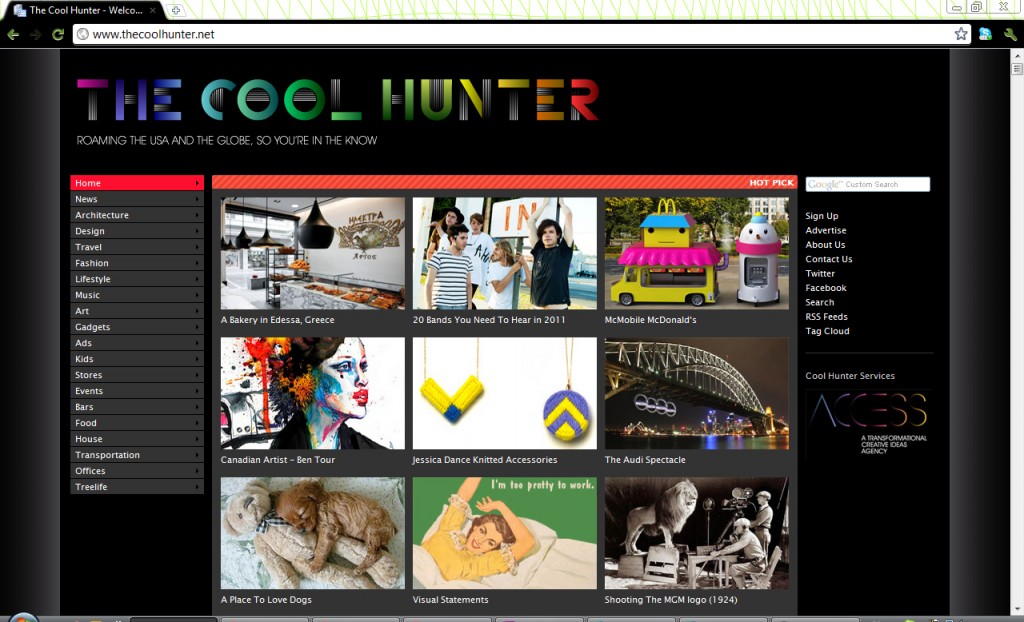Don’t get too excited yet, unless you’re big on dog food.
But first, what is Foursquare?
Foursquare is a popular website that allows users to “check in” at places they are and earn points to unlock badges. The application has platforms on smartphones, check ins through texts, and real-time updates on Facebook, Twitter, etc.
TechCrunch has an article that talks about the benefits towards businesses that engage their customers with Foursquare. Companies offer free drinks for those that check in a certain number of times or reach a certain ranking (ex. “Mayor of ___”). A great pull promotion strategy for many restaurant – type businesses.
However, most of us only recognize Foursquare as a medium to other companies, and have had little if any actual reward from Foursquare itself.
An article on AdFreak sheds light on a cross promotion between Foursquare and GranataPet (a German pet food company). In short, GranataPet has set up billboards that urge users to check in on Foursquare, which then triggers for dog food to be dished out for your four legged friend to enjoy.

As GranataPet themselves put in their video, they want to catch the attention of their “target group” while also giving the pets something to enjoy. Not only that, but the interactive billboard also attacks all steps of the AIDA model. The large colourful billboard attracts its customers/target group, then they are interested to check in on Foursquare to see what will happen. Their desire/action to do so thus lets their dog have a free sample. The owners watch as their dogs are enjoying the treat and might go straight to a shop to buy the food that they seem to like so much!
Looks like GranataPet has successfully leashed their customers!

